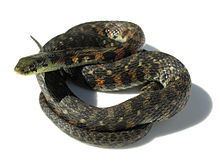Subphylum Vertebrata Suborder Serpentes Rank Species | Phylum Chordata Higher classification Rhabdophis | |
 | ||
Similar Snake, Rhabdophis, Mamushi, Japanese striped snake, Japanese rat snake | ||
The most dangerous snakes the yamakagashi or tiger keelback snake rhabdophis tigrinus
Rhabdophis tigrinus is a venomous colubrid snake found in East and Southeast Asia. Many sources, though not ITIS, recognize one subspecies, Rhabdophis tigrinus formosanus of Taiwan.
Contents
- The most dangerous snakes the yamakagashi or tiger keelback snake rhabdophis tigrinus
- Tiger keelback snake rhabdophis tigrinus
- Description
- Geographic range
- Feeding Defense
- References
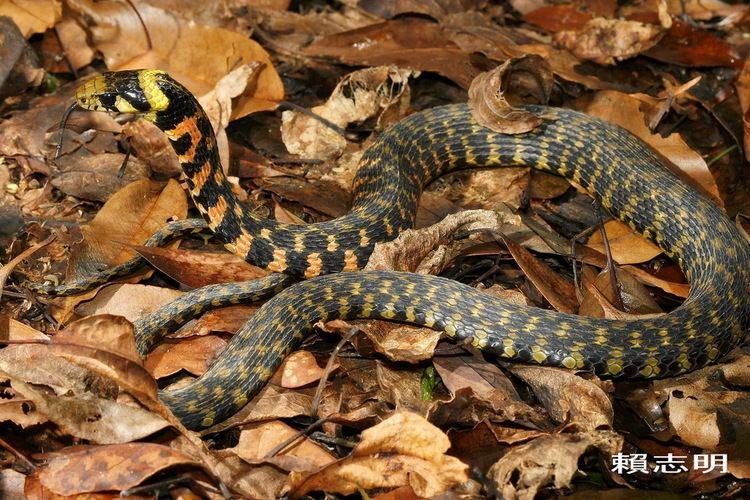
Tiger keelback snake rhabdophis tigrinus
Description

The dorsal color pattern is olive-drab green with black and bright orange crossbars or spots from the neck down the first third of the body. The belly is whitish. The average length is usually 60–100 cm (24-39 inches).
Geographic range
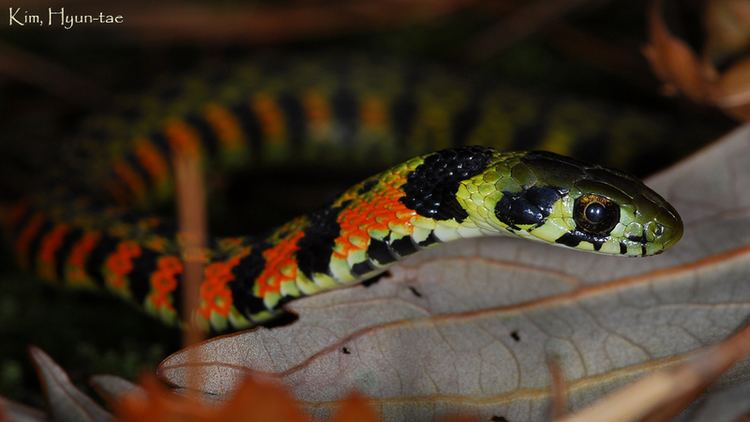
Found in eastern Russia (Primorskiy and Khabarovsk), North and South Korea, China (widespread, except in the western third and the extreme south; Zhejiang, Fujian, Jiangxi, Hubei, Guizhou, Sichuan, Gansu, Shaanxi and Inner Mongolia), on the island of Taiwan, in Vietnam and in Japan (Yakushima, Tanegashima, Kyūshū, Shikoku, Honshu, Osaka and in the Ryukyu Islands). The type locality given is "Japan".
Feeding & Defense
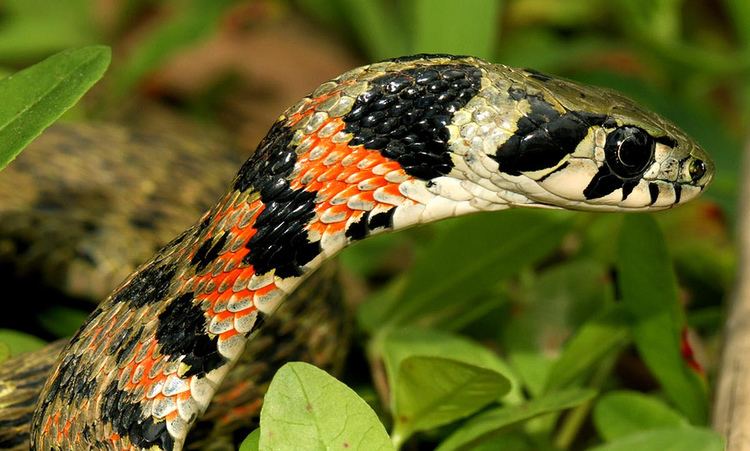
The diet consists mainly of small vertebrates, especially frogs and toads. These snakes forage using both chemical (smell/tongue) and visual cues to find their prey.
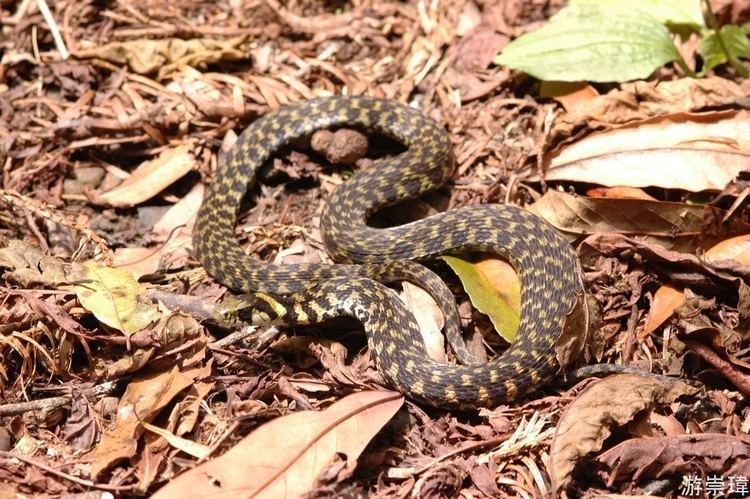
When these snakes are challenged at cooler temperatures they tend to demonstrate passive anti-predator responses such as flattening their neck and body and lying still while at higher temperatures they more frequently flee instead. This species has two nuchal glands in its neck that sequester steroid irritants obtained from eating toads as a predation defence. This snake thus appears to rely more heavily on the deterrence provided by these glands at low ambient temperatures. Although venomous, few deaths have been recorded due to its tendency to display one of these other behaviors as opposed to striking. This hesitancy to strike at a predator in turn may be because its fangs are located in the back of the mouth, making a successful strike on a large object difficult.
